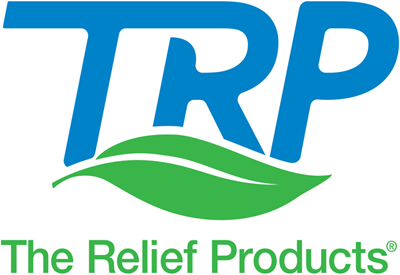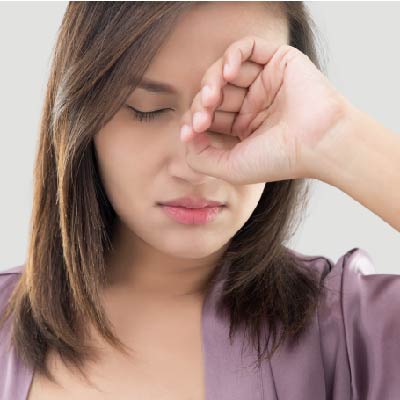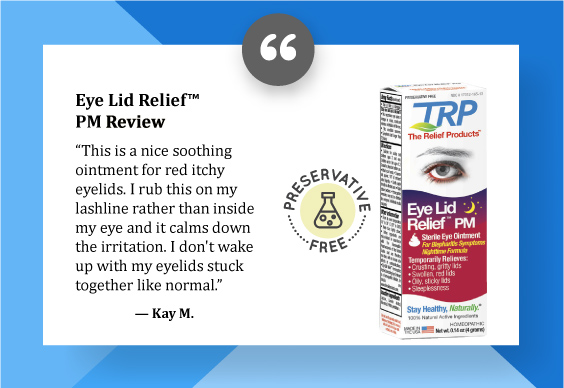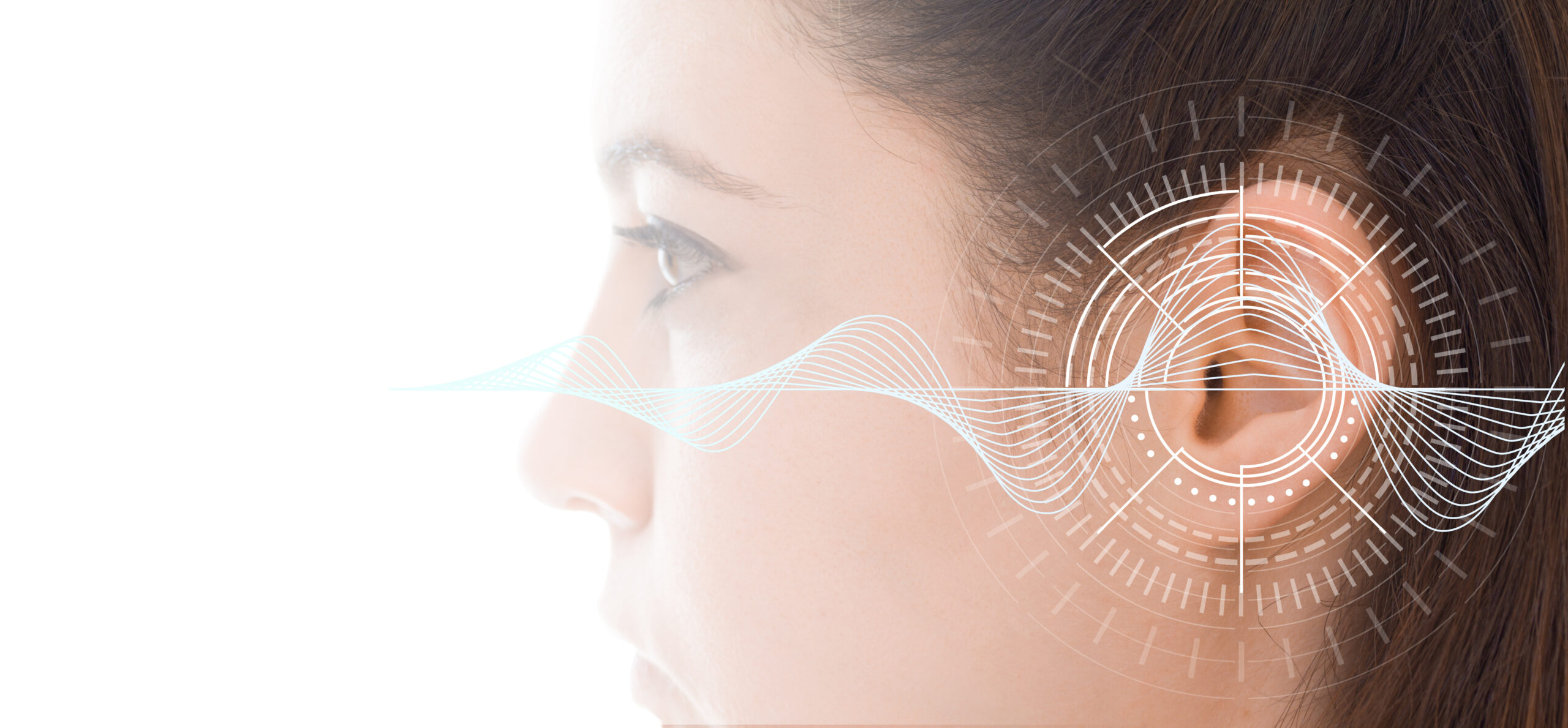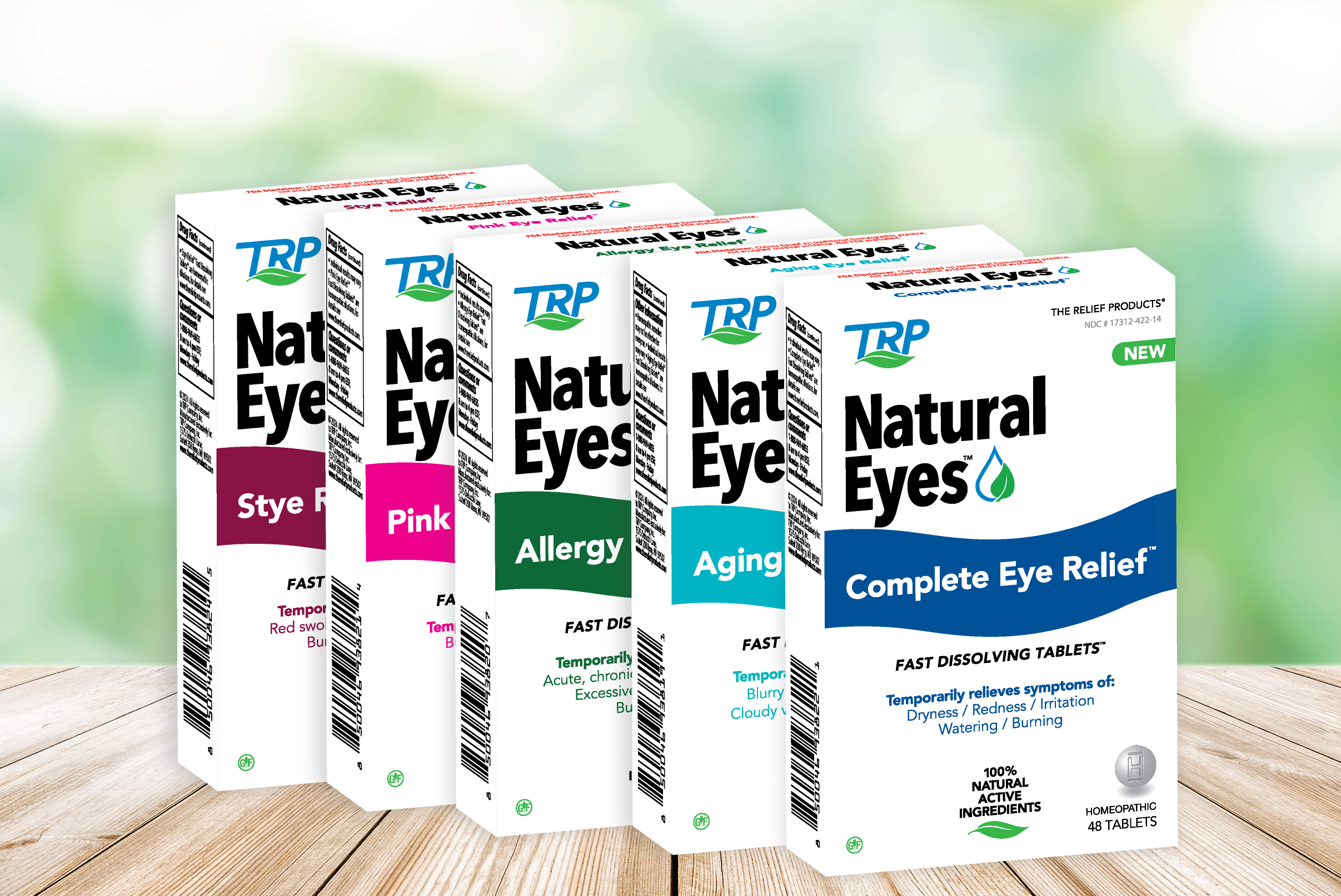Do you experience red and itchy eyelids, eyelid swelling, puffy eyes, or red sores under your eyes? You may actually be suffering from a very common condition known as Blepharitis. In fact, A recent survey of American Ophthalmologists & Optometrists found that 37% and 47% of their patients, respectively, have had Blepharitis symptoms at some point (All About Vision). So, what is Blepharitis? Blepharitis is a medical condition characterized by general inflammation of the eyelids, usually causing red, swollen, and dry eyelids. Blepharitis is often a chronic condition that is linked to other symptoms including red itchy eyes, dry eyes, and irritation. The most common cause of Blepharitis is an overgrowth of bacteria along the margins of the lids and lashes. This bacterium forms a biofilm, which is the oily, sticky layer of discharge that can form around the lids. Blepharitis is not caused by poor hygiene.
How to Treat Blepharitis
If you are suffering from a recurring eye condition, we always recommend making an appointment with your eye doctor. He or she will be able to examine your eyelids and determine if you have Blepharitis, or if it is something else that is causing your symptoms. In more serious cases, your doctor may need to prescribe an antibiotic or steroidal drop. However, in most cases, Blepharitis symptoms can be treated by preforming a few self-care measures at home. Treatment will aim to relieve symptoms but will not cure or prevent Blepharitis from occurring in the future.
1. Washing Your Eye Lids
One of the easiest ways to help reduce your Blepharitis symptoms is to wash your eyelids regularly. Do this by using a warm, damp washcloth with a small amount of baby shampoo. Gently massage the lids to wipe away any oil, crusting, or debris. It is recommended that you use a new washcloth each time, as well as a different washcloth for each eye. You can also pick up a pack of eyelid scrubs or wipes at your local pharmacy or drug store.
2. Warm Compress
You may also find a warm compress to be helpful with both loosening debris on the eyelids, as well as alleviating swelling and discomfort. Apply a warm, damp cloth over your closed eyes for several minutes. Doing this several times per day before washing the lids can greatly help to improve symptoms.
3. Eye Lid Relief™ PM Ointment
Now that you’ve properly cleaned the lids, it’s time to heal. Eye Lid Relief™ PM Ointment is a sterile, homeopathic ointment that uses 100% natural active ingredients to temporarily relieve symptoms such as crusting, gritty eyelids, swollen, red eyelids, and oily and sticky eyelids. Eye Lid Relief® PM is safe and gentle to use with no known side effects, interactions with other medications, or contraindications. After you have washed your hands, squeeze out approximately 1/8” of ointment onto your fingertip. Gently apply the ointment directly to the eye lid. Eye Lid Relief™ works for both anterior and posterior Blepharitis, so you can apply it inside or outside the lid. Eye Lid Relief™ is designed to stay on the lid overnight, which provides soothing comfort, making it easier for you to sleep. Morning time is often the worst for Blepharitis sufferers, as oil and debris form on the lids overnight. Thankfully, Eye Lid Relief™ PM reduces these symptoms, allowing you to wake up with less crusting and inflammation.
4. Eye Drops
Blepharitis is often accompanied by other symptoms, including dry eyes. If you are experiencing dry eyes or eye irritation, try picking up some eye drops from your local pharmacy to keep your eyes hydrated and comfortable. If you are looking for a natural eye drop, we recommend trying The Relief Products’™ RedEye Relief™ or our PinkEye Relief® drops. Both are made with 100% natural active ingredients and offer soothing relief for dry, irritated eyes.
Additional Resources:
https://www.mayoclinic.org/diseases-conditions/blepharitis/symptoms-causes/syc-20370141
